DNA: The next hot material in photonics?
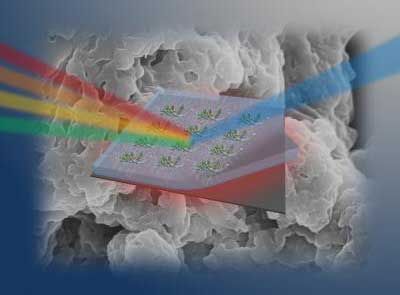 Scientists fine-tune organic thin films with an eye toward biomedical devices.
Scientists fine-tune organic thin films with an eye toward biomedical devices.
Oct 2nd, 2017
Read more
 Scientists fine-tune organic thin films with an eye toward biomedical devices.
Scientists fine-tune organic thin films with an eye toward biomedical devices.
Oct 2nd, 2017
Read more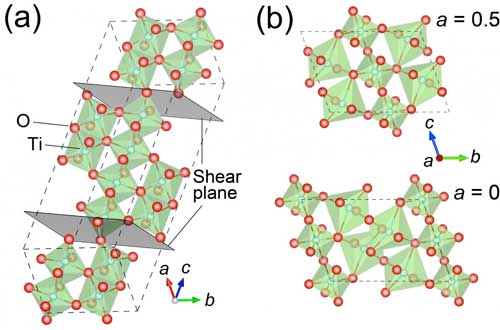 Researchers reported superconductivity in two kinds of higher titanium oxides prepared in the form of ultrathin films with a thickness of around 120 nanometers.
Researchers reported superconductivity in two kinds of higher titanium oxides prepared in the form of ultrathin films with a thickness of around 120 nanometers.
Oct 2nd, 2017
Read more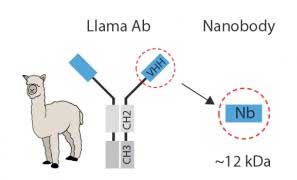 Scientists have developed nanobodies that can be labelled on certain amino acids. This provides a direct route for solving new X-ray crystal structures of protein complexes important for gaining mechanistic understanding of cellular processes, which is important in the development of drugs.
Scientists have developed nanobodies that can be labelled on certain amino acids. This provides a direct route for solving new X-ray crystal structures of protein complexes important for gaining mechanistic understanding of cellular processes, which is important in the development of drugs.
Oct 2nd, 2017
Read more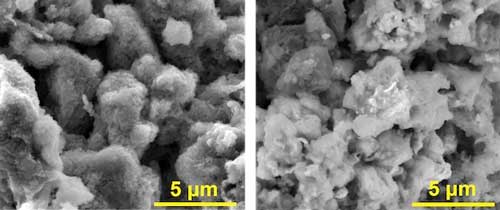 Researchers find asphalt-nanoribbon anode more efficient, resistant to dendrites.
Researchers find asphalt-nanoribbon anode more efficient, resistant to dendrites.
Oct 2nd, 2017
Read more Such simulations of chemical systems can predict their properties under a range of conditions before experiments are performed, enabling further work with only the most promising materials.
Such simulations of chemical systems can predict their properties under a range of conditions before experiments are performed, enabling further work with only the most promising materials.
Oct 2nd, 2017
Read more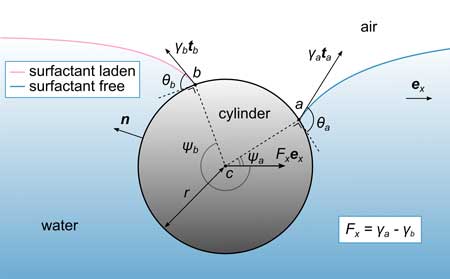 Phenomena involving surface tension are extremely complex and have applications in our everyday lives, and researchers are tackling the complicated mathematics behind the physics.
Phenomena involving surface tension are extremely complex and have applications in our everyday lives, and researchers are tackling the complicated mathematics behind the physics.
Oct 2nd, 2017
Read more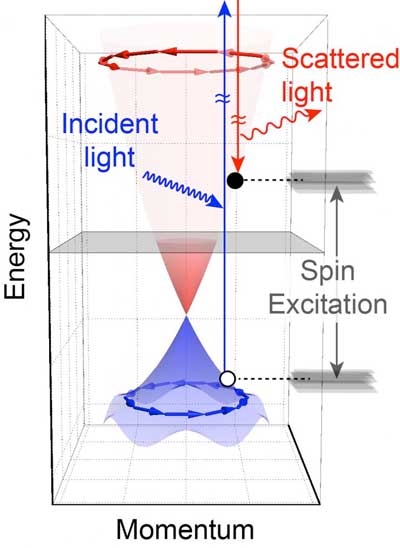 Picture two schools of fish swimming in clockwise and counterclockwise circles. It's enough to make your head spin, and now scientists have discovered the 'chiral spin mode' - a sea of electrons spinning in opposing circles.
Picture two schools of fish swimming in clockwise and counterclockwise circles. It's enough to make your head spin, and now scientists have discovered the 'chiral spin mode' - a sea of electrons spinning in opposing circles.
Oct 2nd, 2017
Read more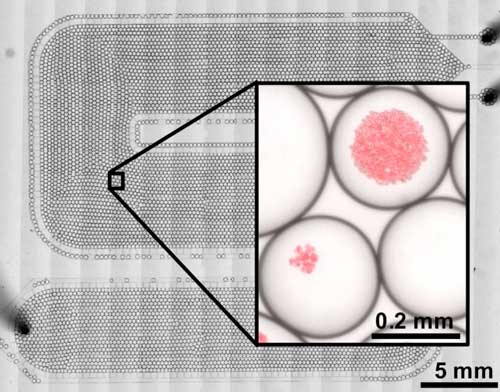 Researchers report exciting new technology that may revolutionize the search for the perfect algal strain: algal droplet bioreactors on a chip the size of a quarter.
Researchers report exciting new technology that may revolutionize the search for the perfect algal strain: algal droplet bioreactors on a chip the size of a quarter.
Sep 29th, 2017
Read more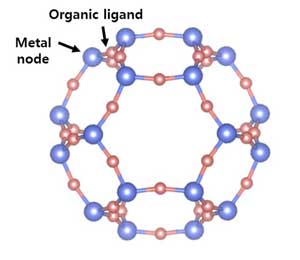 Scientists developed a hydrogen gas sensor which can detect the hydrogen levels under 1 percent in less than 7 seconds using a palladium nanowire array with a metal-organic framework.
Scientists developed a hydrogen gas sensor which can detect the hydrogen levels under 1 percent in less than 7 seconds using a palladium nanowire array with a metal-organic framework.
Sep 29th, 2017
Read more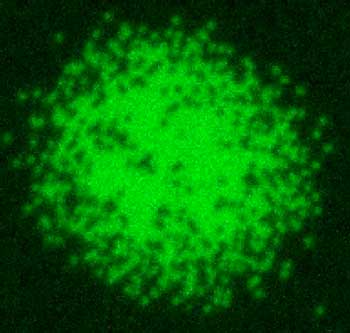 Using atoms cooled to just billionths of a degree above absolute zero, a team of researchers has discovered an intriguing magnetic behavior that could help explain how high-temperature superconductivity works.
Using atoms cooled to just billionths of a degree above absolute zero, a team of researchers has discovered an intriguing magnetic behavior that could help explain how high-temperature superconductivity works.
Sep 29th, 2017
Read more Researchers have developed a photovoltaic cell in which magnetic materials such as electrodes are used for the first time to provide current.
Researchers have developed a photovoltaic cell in which magnetic materials such as electrodes are used for the first time to provide current.
Sep 29th, 2017
Read more Chemical engineer and prolific inventor Robert S. Langer of the Massachusetts Institute of Technology is the recipient of the $250,000 Kabiller Prize in Nanoscience and Nanomedicine for 2017.
Chemical engineer and prolific inventor Robert S. Langer of the Massachusetts Institute of Technology is the recipient of the $250,000 Kabiller Prize in Nanoscience and Nanomedicine for 2017.
Sep 29th, 2017
Read more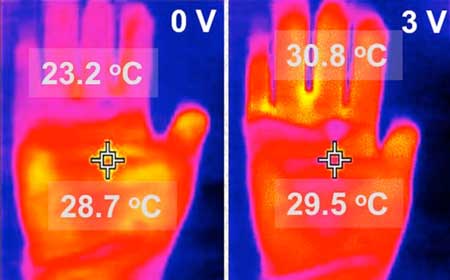 Scientists use a vapor deposition method for nanocoating fabric to create sewable, weavable, electrically heated material.
Scientists use a vapor deposition method for nanocoating fabric to create sewable, weavable, electrically heated material.
Sep 29th, 2017
Read more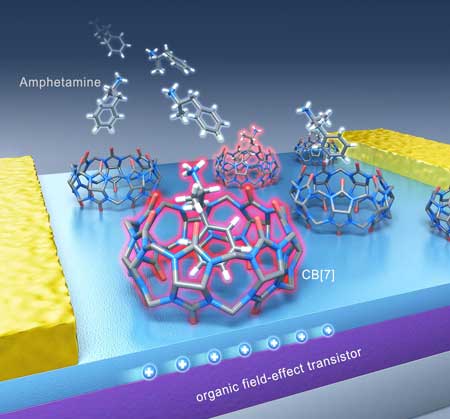 A simple and flexible sensor, which can be attached to a wristband and connected to an Android app via Bluetooth, could move drug screening from the labs to the streets.
A simple and flexible sensor, which can be attached to a wristband and connected to an Android app via Bluetooth, could move drug screening from the labs to the streets.
Sep 28th, 2017
Read more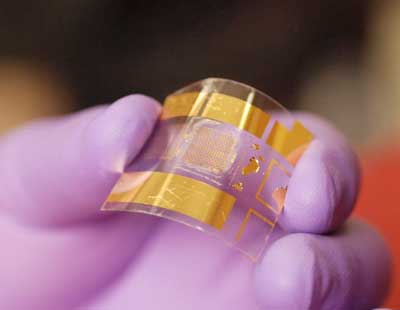 Engineers has created the most functional flexible transistor in the world - and with it, a fast, simple and inexpensive fabrication process that's easily scalable to the commercial level.
Engineers has created the most functional flexible transistor in the world - and with it, a fast, simple and inexpensive fabrication process that's easily scalable to the commercial level.
Sep 28th, 2017
Read more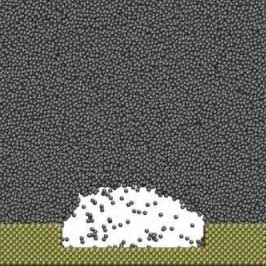 Tiny bubbles may have complex breaking mechanisms dependent on their surrounding solution.
Tiny bubbles may have complex breaking mechanisms dependent on their surrounding solution.
Sep 28th, 2017
Read more